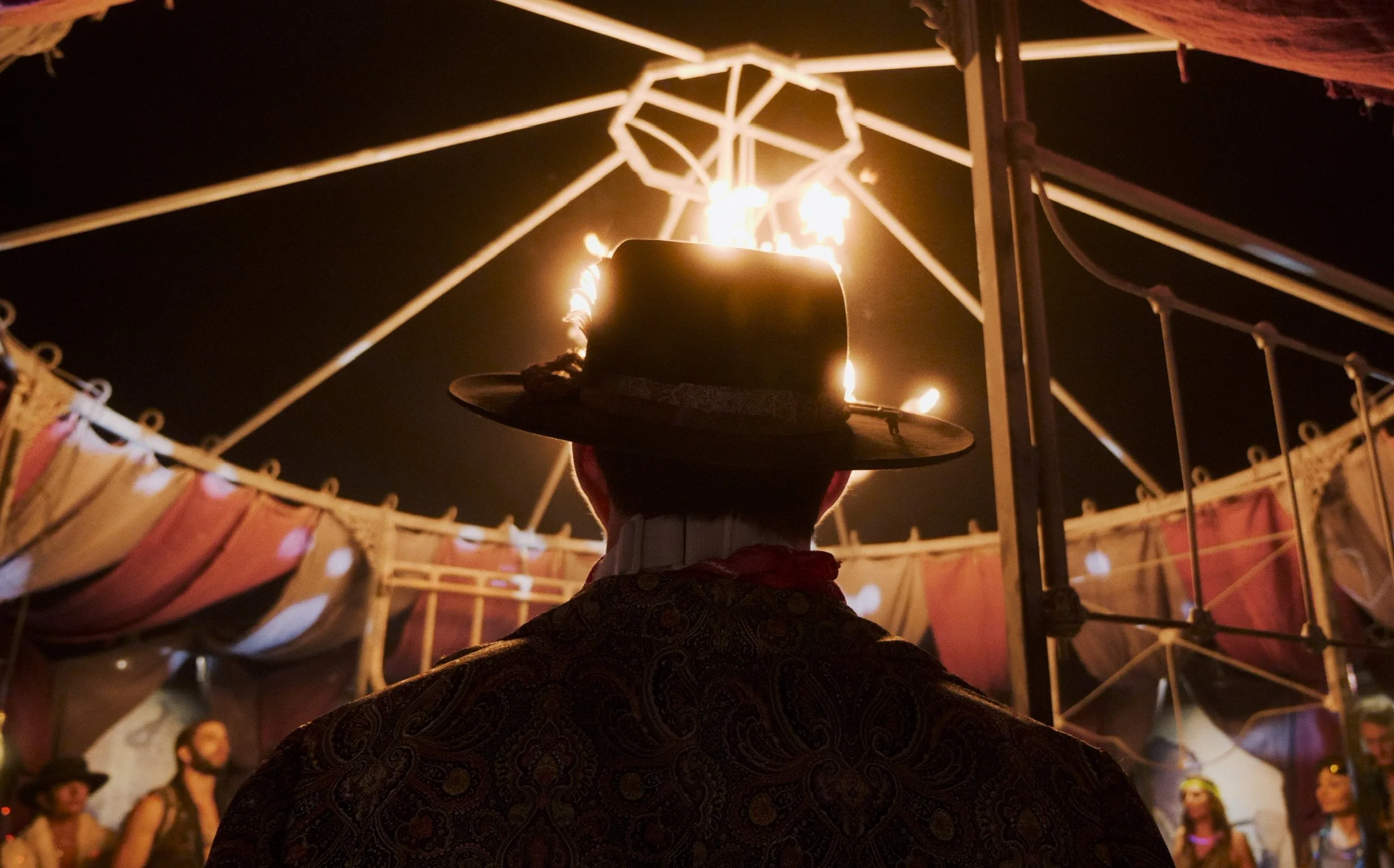Lighting Techniques for Creating Mood in Film
Lighting is a powerful tool in filmmaking. It can set the mood, evoke emotions, and enhance the visual storytelling of a film. Understanding and mastering lighting techniques is essential for any filmmaker.
Understanding the Basics of Lighting
Before diving into advanced techniques, it's important to understand the basics of lighting. Learn about the different types of lighting equipment, such as key lights, fill lights, and backlights. Familiarize yourself with concepts like three-point lighting and color temperature to create balanced and visually appealing images.
Using Natural Light
Natural light can add a unique quality to your film, providing a sense of realism and authenticity that artificial lighting sometimes lacks. Shooting during the golden hour—shortly after sunrise or before sunset—can bathe your scenes in warm, soft light, creating a romantic or serene mood. Overcast days provide diffuse, even lighting that can add a somber or introspective feel to your scenes.
Creating Mood with Lighting Techniques
1. High-Key and Low-Key Lighting
High-Key Lighting: This technique involves using bright, even lighting to minimize shadows. It creates an upbeat, cheerful mood, often used in comedies and musicals. The scene appears clean and open, making it perfect for lighthearted narratives.
Low-Key Lighting: In contrast, low-key lighting emphasizes shadows and contrast, creating a dramatic and moody atmosphere. This technique is often used in thrillers, dramas, and horror films to evoke tension and suspense.
2. Chiaroscuro Lighting: This technique uses stark contrasts between light and dark to create depth and dimension. Borrowed from Renaissance painting, chiaroscuro lighting can evoke mystery and drama, focusing the viewer's attention on specific elements within the frame.
3. Color Temperature and Gels: Adjusting the color temperature of your lights can dramatically change the mood of a scene. Warm colors (reds and oranges) create a cozy, intimate atmosphere, while cool colors (blues and greens) can evoke feelings of coldness or detachment. Using colored gels or digital color grading can help achieve the desired mood.
4. Practical Lighting: Incorporating practical lights—visible sources of light within the scene like lamps or candles—adds realism and can enhance the mood. Practical lighting can create intimacy, drawing the viewer into the character's environment.
5. Silhouettes and Backlighting: Backlighting creates silhouettes, emphasizing the shape and outline of subjects. This technique can add mystery or drama to a scene by obscuring details and creating a sense of intrigue.
Experimenting with Shadows
Shadows can be just as important as light in creating mood. Use shadows to add depth and complexity to your scenes. They can convey mystery, danger, or internal conflict within a character. Experimenting with shadow placement and intensity can lead to unique and compelling visual storytelling.
Conclusion
Lighting is not just about illuminating a scene; it’s about shaping perception and guiding the audience's emotional response. By mastering various lighting techniques, filmmakers can create diverse moods that enhance the narrative and deepen the audience's connection to the story. Whether using natural light, high-key, low-key, or chiaroscuro techniques, understanding the power of lighting can transform a film from visually appealing to emotionally resonant.

